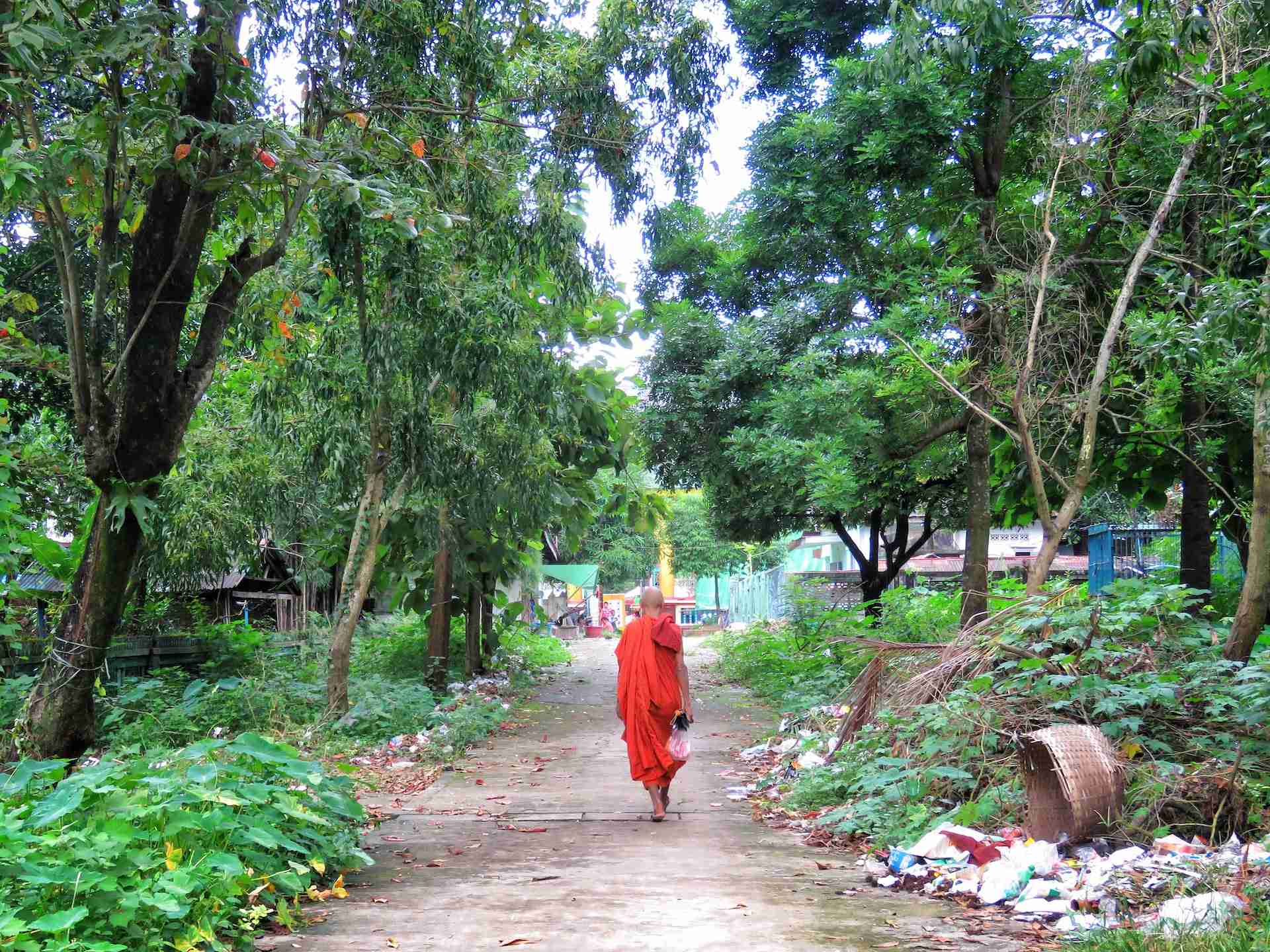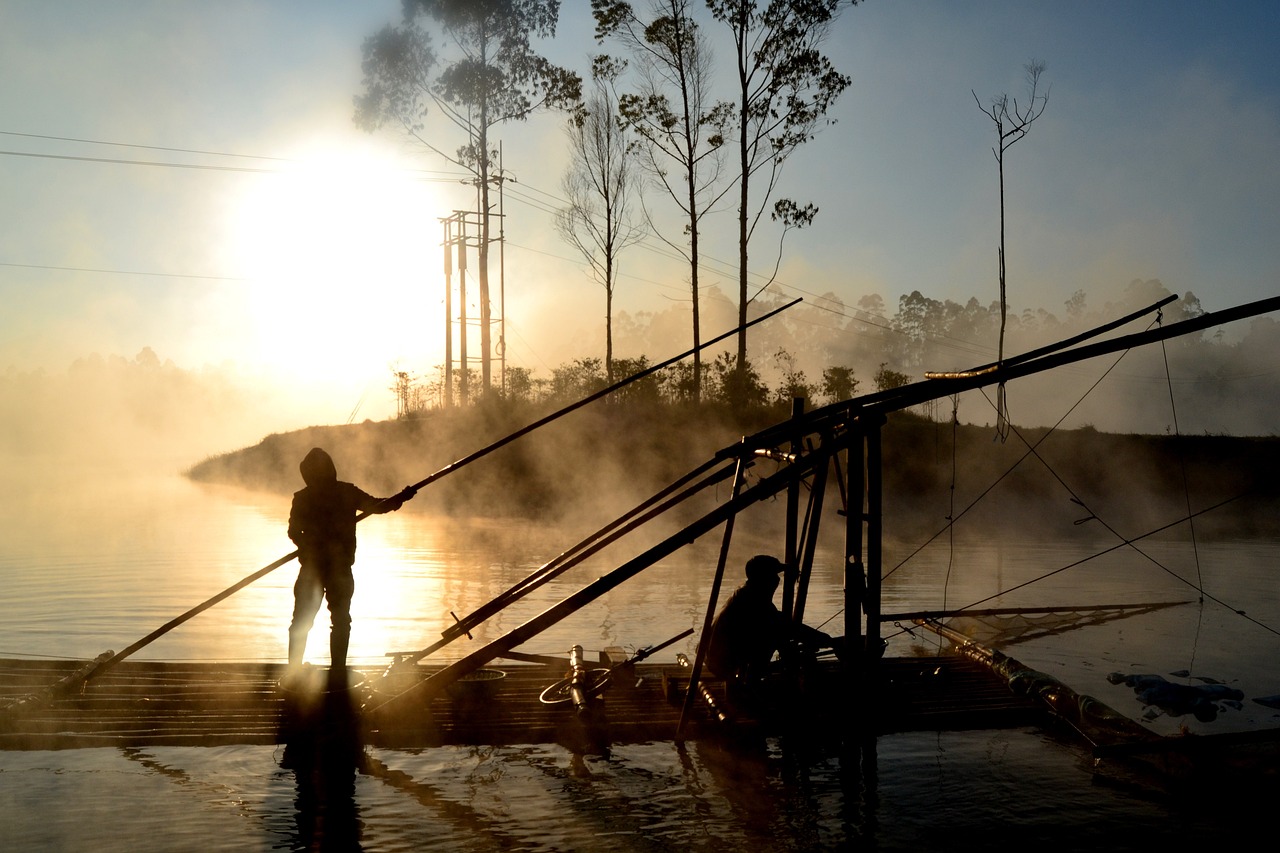Bali weather: Known for its beautiful beaches, vibrant culture, and stunning temples, Bali is a popular destination for tourists from all over the world. The island of Bali, located in Indonesia, is situated just 8 degrees south of the equator, which means it has a tropical climate all year round. The weather in Bali is consistently warm and humid, with two distinct seasons: dry season and wet season.
During the dry season, which typically lasts from April to September, the weather is sunny and dry with little to no rain. The temperatures during this time are also quite pleasant, with average highs in the low to mid 80s Fahrenheit (around 30 degrees Celsius) and lows in the mid 70s Fahrenheit (around 25 degrees Celsius). This is considered the peak tourist season in Bali and the best time to visit for those who want to enjoy the beaches and outdoor activities.
The wet season, on the other hand, typically lasts from October to March. During this time, the island experiences more rainfall and higher humidity levels. The temperatures during this time are still warm, with average highs in the low to mid 80s Fahrenheit (around 30 degrees Celsius) and lows in the mid 70s Fahrenheit (around 25 degrees Celsius). However, visitors should be prepared for more frequent rain showers and potentially heavy downpours.
Despite the rain, the wet season can still be a great time to visit Bali. The island is lush and green during this time, and the crowds of tourists are typically thinner, making it a more peaceful and less crowded experience. Additionally, many of the temples and other cultural attractions are open during the wet season, allowing visitors to fully experience the rich culture of Bali.
<
| Month | Low (°C) | High (°C) | Low (°F) | High (°F) | Rain (%) |
|---|---|---|---|---|---|
| January | 25 | 31 | 77 | 88 | 80 |
| February | 25 | 31 | 77 | 88 | 75 |
| March | 25 | 31 | 77 | 88 | 70 |
| April | 25 | 31 | 77 | 88 | 60 |
| May | 25 | 31 | 77 | 88 | 50 |
| June | 25 | 31 | 77 | 88 | 40 |
| July | 25 | 31 | 77 | 88 | 30 |
| August | 25 | 31 | 77 | 88 | 25 |
| September | 25 | 31 | 77 | 88 | 20 |
| October | 25 | 31 | 77 | 88 | 40 |
| November | 25 | 31 | 77 | 88 | 60 |
| December | 25 | 31 | 77 | 88 | 80 |
When it comes to deciding the best time to visit Bali, there are a few factors to consider. The dry season, from April to September, is considered the peak tourist season and is the best time to visit for those who want to enjoy the beaches and outdoor activities. The weather is sunny and dry with little to no rain and the temperatures are quite pleasant. However, this is also the busiest time of the year and the island can get quite crowded, making it difficult to find a spot on the beach or a table at a restaurant.
On the other hand, the wet season, from October to March, is considered the low season and is the best time to visit for those who want a more peaceful and less crowded experience. Despite the rain, the island is lush and green during this time and the crowds of tourists are typically thinner. Additionally, many of the temples and other cultural attractions are open during the wet season, allowing visitors to fully experience the rich culture of Bali.
Another factor to consider is the cost. During the peak season, prices for accommodations and flights are typically higher. On the other hand, during the low season, prices are often lower, making it a more budget-friendly option.
Another important factor to consider is the events and festivals that happen in Bali. The island is known for its vibrant culture and celebrates many festivals throughout the year, such as the Nyepi Day of Silence, the Bali Spirit Festival, and the Bali Kite Festival. If you plan to visit Bali during one of these events, it’s important to book accommodations and flights well in advance as they can fill up quickly.
In summary, the best time to visit Bali depends on your personal preferences and priorities. If you prioritize beaches, outdoor activities, and want to avoid crowds, the dry season from April to September is the best time to visit. If you prioritize peace, budget-friendliness, and cultural experiences, the wet season from October to March is the best time to visit. Be sure to also consider the cost, events, and festivals when planning your trip.



